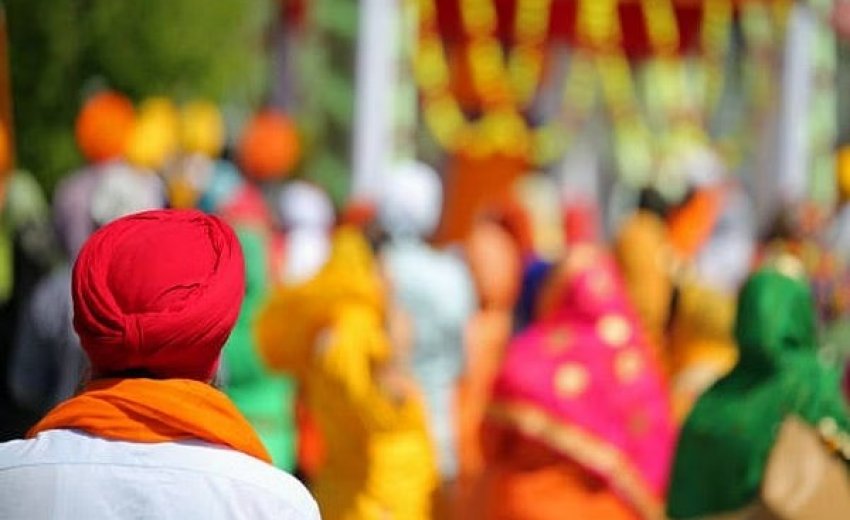In 1997, the Sikh community in Canada celebrated their 100th anniversary. It was a special occasion for all Canadians to recognize the significant contributions made by Sikhs to Canada's prosperity and society. Let’s dive deep into the Sikh community’s arrival and their experiences in Canada.
In 1897, Sikh soldiers from the Indian Army were passing through Canada on their way back from Great Britain. They had travelled to Britain to participate in the Diamond Jubilee celebrations marking Queen Victoria's 60th year on the throne. These soldiers were part of the Imperial Sikh Lancers and Sikh Infantry Regiment, and they were invited to join a ceremonial parade in London.
When they arrived in British Columbia, they found the natural environment, including the mountains, valleys, forests, and rivers, reminiscent of Punjab. This made them feel immediately comfortable and at peace in a land full of opportunities. Some of these soldiers decided to settle in Canada as early as 1899, and over time, their family members and friends followed, starting from 1904.
Navigating through the pages of history
The historical connection between Queen Victoria, who was the head of the British Empire that included India and Canada, and the symbol of British Imperial authority and the rule of law in the British Dominion and Colonies, creates a strange and contradictory situation when considering the difficulties faced by the Sikh community in the following decades in British Columbia (BC).
In 1907, the BC Provincial Statute was passed, which denied voting rights to all Indians who were not born to Anglo-Saxon parents. Additionally, an Order-in-Council was implemented to prevent immigration from India by introducing the "continuous journey" requirement and mandating possession of $200 before entry. These laws were not only clearly discriminatory but also went against the principle of equal treatment under the law, which was an important aspect of the Imperial legal system that applied to all British Subjects.
Komagata Maru
In the Komagata Maru incident of 1914, something that stands out is the bravery and honesty of Chief Justice Gordon Hunter, a judge in British Columbia, Canada. The incident involved 376 passengers, mostly Sikhs who had fought for the British, who were kept on the ship in Vancouver port under very difficult conditions. They were not allowed to land for two months and were eventually sent back to India. Chief Justice Gordon Hunter had the courage to say that the legal reasons for detaining the Komagata Maru passengers were not right, and he declared the Order-in-Council invalid.
Unfortunately, Chief Justice Hunter's impressive display of independence in upholding the Imperial Rule of Law against an unfair and discriminatory regulation was nullified by further government orders, and the court's intervention was ineffective. However, in the following years, gradual steps were taken to correct the most serious mistakes.
In 1919, restrictions on bringing wives and children under 18 years from India were lifted, allowing families to be reunited. In 1947, Sikhs were granted the right to vote and become Canadian citizens, and the legal obstacles to acquiring and exercising full citizenship rights disappeared.
Since then, members of the Sikh community in British Columbia have achieved high positions in elected offices at the federal, provincial, and municipal levels, as well as in the judiciary and other professional fields. Their record demonstrates a strong commitment to community service and a willingness to give back to the larger national community, often surpassing what they have received themselves.
Rectification of injustice
The British Columbia Judge's important contribution to ending historical negations for the Sikh community in Canada happened over a hundred years ago and was warmly appreciated during the community's centennial celebrations.
Chief Justice Hunter's groundbreaking initiative at that time continues to serve as a model for the diverse society in Canada. Despite being invalidated by a later executive decision, it symbolizes the harmonious coexistence of different communities and their friendly cooperation and mutual respect for each other's unique cultural heritage.
*Based on an article written by Lieut Colonel Pritam Singh Jauhal in 8th July 2008
